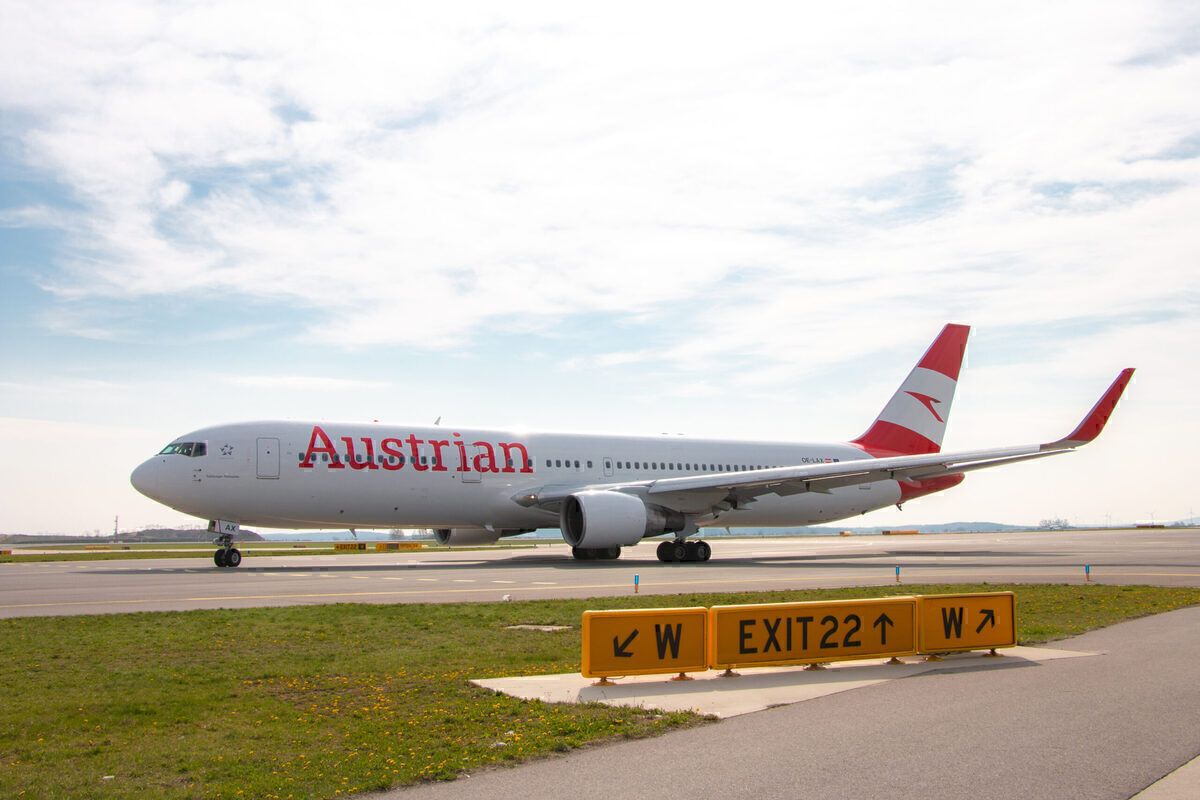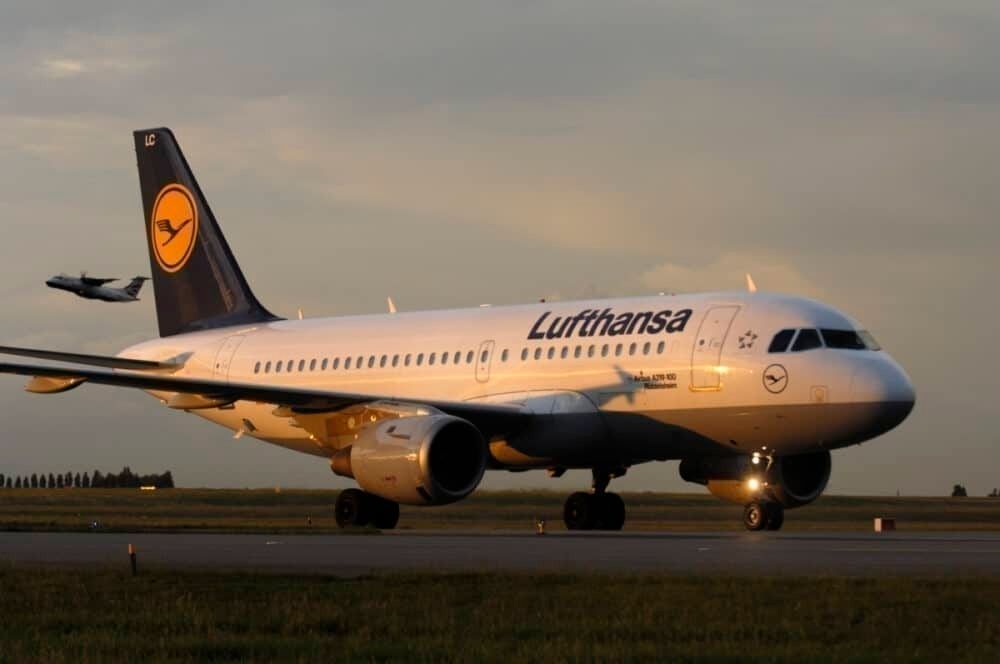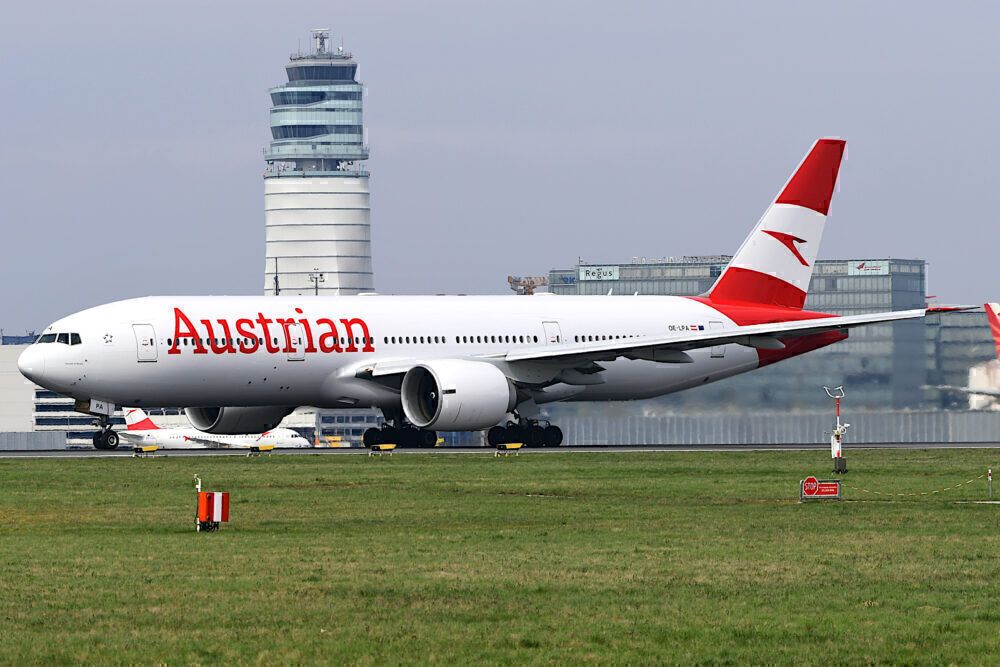Austrian Airlines, a subsidiary of Lufthansa, still operates a fleet of six Boeing 767s. However, at least three of the type will be retired this year, with the future of the remaining three still in question. We’ve looked at what will happen next to the red and white 767s.
First retirement coming soon
In April of last year, Austrian Airlines announced that it planned to retire at least three of its six 767-300s. The plan came as no surprise as many airlines looked at how to manage the effect of the global downturn. The planes have an average age of over 24 years. The three planes to be retired this year are the oldest of the six and have an average age of over 27 years.
AeroTELEGRAPH reports that the first retirement is set to take place in late February or early March. The almost 30-year-old plane, registration OE-LAT, will leave Vienna for Arizona, where it will be used for parts. Two more 767s, registrations OE-LAW and OE-LAX, will leave in spring and in autumn. However, Austrian Airlines has hinted that they may not be heading to the scrap yard.
As quoted by AeroTELEGRAPH, a spokesperson for the Lufthansa subsidiary, stated,
“We are currently finalizing our phasing out plans and expect to have everything in place within the next few months. As soon as details are established, we will communicate them accordingly.”
What happens next?
If they aren't being scrapped, the most likely outcome would be both aircraft being turned into cargo freighters. FedEx Express has almost 100 767s, albeit significantly younger, with an average age of just three years.
However, Lufthansa CEO Carsten Spohr has previously been quoted as saying that a long-haul fleet at Austrian has “no future.” So perhaps the initial three 767s will all be scrapped, and the slightly younger ones could get a second lease of life as cargo planes.
Despite these claims, there has been no word on plans to retire the airline’s remaining six 777-200s. The planes have an average age of over 20 years, and four of the type are currently parked. If the airline does retire all its 767s and 777s, it will no longer be able to fly long-haul. While this does seem to fit Lufthansa’s plans, it goes against the Austrian government’s wishes.
Replacing the long-haul fleet
Austrian Airlines is Austria’s largest airline, and the government has been vocal in supporting a long-haul fleet. But in the case of retirements, Austrian would use its narrowbody fleet to operate regional connecting flights supporting Lufthansa's operations.
Alternatively, Austrian could get a fresh long-haul fleet update with some of Lufthansa’s parked jets. With the global downturn meaning demand is low, Lufthansa could get rid of Austrian’s aging fleet and replace them with some of their own younger, parked jets.
Lufthansa does have 20 Boeing 787-9 Dreamliners on order and has not specified which airlines in the group will take delivery of these jets. Perhaps Austrian Airlines is about to get a serious upgrade. Delivery of the new planes is set to being from 2022.
What do you think will happen to Austrian Airline's long-haul fleet? Is this the end of long-haul flying for the carrier? Let us know what you think in the comments.



